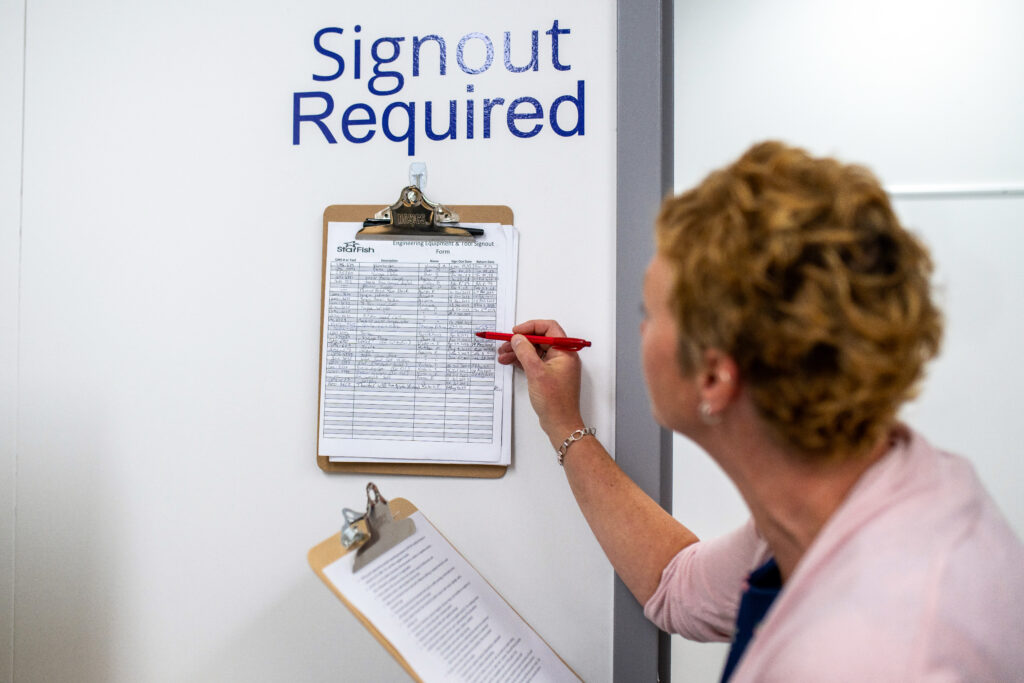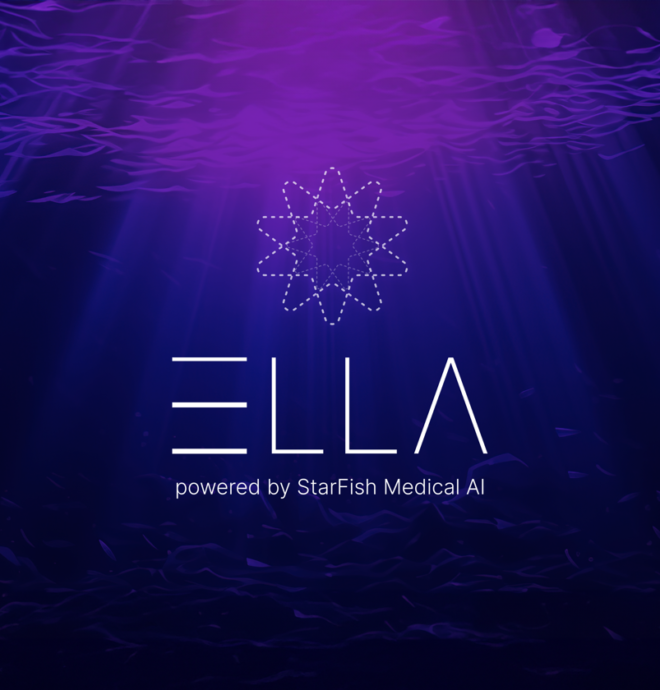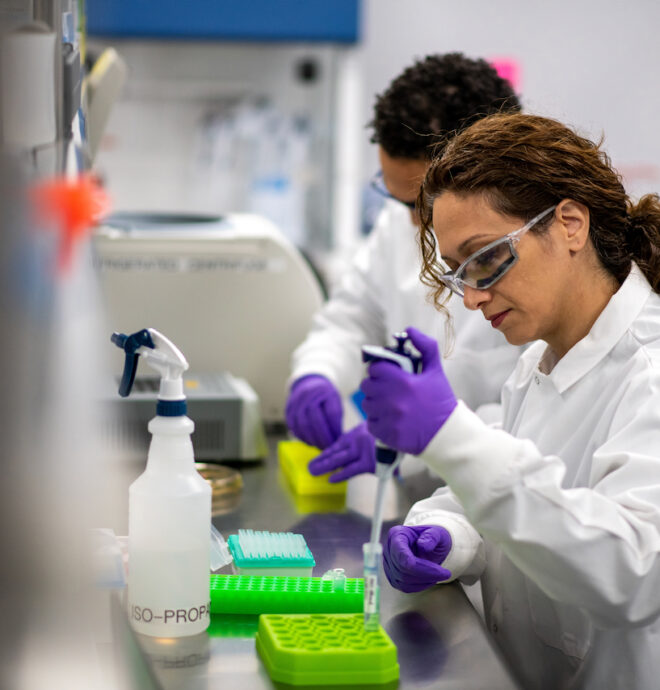
Quality Assurance & Regulatory Affairs
Navigate complexity. Accelerate approvals. Build lasting value.
Strategic QA/RA for High-Stakes MedTech
Bringing a medical device to market requires more than technical expertise. Without rigorous quality assurance and clear regulatory strategy, even the most promising innovations can stall or fail. Every step of the journey demands precision, compliance, and foresight.
That is why companies trust StarFish as their medical device quality assurance and regulatory affairs partner. Our team understands global requirements, anticipates regulatory shifts, and builds quality systems that withstand scrutiny. We help innovators move faster, avoid costly missteps, and deliver safe, effective devices to patients worldwide.
A Trusted Partner Across the Full Journey
For more than 25 years, StarFish Medical has partnered with MedTech innovators — from venture-backed startups to enterprise device leaders — helping them navigate regulatory complexity and embed robust quality from the start. Our team works side by side with founders, engineering leaders, and executives to reduce risk, accelerate approvals, and position products for scalable success.
We understand what’s at stake in every phase of development. Our proactive approach to QA/RA ensures regulatory and quality strategy is aligned with your business objectives — not bolted on as an afterthought. We stay engaged across the entire lifecycle, helping you avoid common pitfalls and building lasting market advantage.

Expertise That Drives Success
Aligning Regulatory Strategy with Business Goals
Your regulatory path defines more than compliance — it shapes market timing, informs investor narratives, and determines scalability. The wrong decisions can create years of delay or limit global opportunities.
StarFish collaborates closely with leadership and technical teams to chart regulatory strategies that align with both clinical and commercial goals. Drawing on deep experience with FDA, EU MDR/IVDR, Health Canada, and other global pathways, we help clients choose the right approach for their device and business model — building flexibility and resilience into the strategy from the outset.


Proactive Gap Analysis and Risk Management
Regulatory requirements evolve constantly. Gaps in documentation, testing, or quality processes can derail submissions or trigger post-market challenges.
StarFish conducts proactive gap analyses and regulatory transition planning to keep programs ahead of evolving FDA, EU, Health Canada, and UK expectations. Our team works closely with development and quality leaders to strengthen design controls, risk management, and documentation — reducing late-stage surprises and protecting program momentum.
QA/RA Across the Product Lifecycle
Effective Regulatory Engagement and Communications
Early, strategic engagement with regulators can dramatically reduce risk and accelerate approvals — but poorly framed or mistimed communications often have the opposite effect.
StarFish guides clients through FDA Q-Submissions, Pre-Submissions, and equivalent programs, helping shape clear, well-supported questions and documentation. Our team supports direct interactions with regulatory bodies, helping build trust, align expectations, and remove ambiguity from the path to approval.
Building Quality Systems for Scalable Growth
A robust Quality Management System (QMS) is essential to enabling sustainable operations and market success — especially in fast-scaling MedTech businesses. Weak or poorly aligned systems create friction, delays, and audit risk.
StarFish designs and implements QMS frameworks tailored to each client’s business model and global compliance needs (QMSR, ISO 13485, MDSAP, MDR/IVDR). Our team provides direct support for QMS architecture, documentation, validation, and auditing — ensuring quality systems that enable innovation, efficient operations, and long-term compliance.


Preparing Strong, Confident Submissions
Product submissions represent years of investment — but a poorly prepared or incomplete submission can derail approvals and market plans.
StarFish provides expert guidance and hands-on support for FDA, Health Canada, and EU Notified Body submissions. Our team works across the submission lifecycle — from strategy through document preparation, regulator interactions, and response management — helping ensure each submission is clear, complete, and positioned for success.
Sustaining Quality and Compliance Post-Launch
Regulatory responsibility does not end at market approval. Post-market surveillance, design changes, manufacturing scale-up, and global expansion all require sustained quality leadership.
StarFish provides ongoing QA/RA partnership across the product lifecycle — from design transfer through manufacturing and post-market activities. Our team helps manage change control, risk management, surveillance, and audit readiness — supporting sustained compliance, protecting market access, and enabling global growth.

What Our Clients Have to Say

Ian Maclean
Project ManagerKoven Technology CanadaI commend you for your vision in looking well ahead to regulatory and contract assembly issues, as well as a decision to concurrently develop key prototypes. This ultimately led to a successful design concept. All initial design requirements were satisfied.

Michael Baker
CEOOtoharmonics Corporation“I am extremely happy with StarFish support while setting up a QMS for Otoharmonics and the Levo System tinnitus sound therapy device. I’ve worked with a lot of QMS people in my life and the StarFish team are the most helpful and easy to work with.”
Why Clients Trust StarFish for QA/RA Partnership
- Deep experience across FDA, EU MDR/IVDR, Health Canada, UK, and global regulatory landscapes
- Proven success from early-stage devices to enterprise-scale programs
- Integrated QA/RA leadership that aligns with product and business strategy
- Embedded collaboration across all phases of development — not transactional or isolated Continuous monitoring of evolving regulatory expectations and quality best practices
TL;DR / Key Takeaways
- Strategic QA/RA leadership reduces risk and accelerates approvals
- Regulatory strategy must align with business and market goals
- Early regulatory engagement builds clarity and trust
- A strong QMS supports scalable, sustainable growth
- StarFish provides trusted QA/RA partnership across the full product lifecycle
Ready to Build Strategic QA/RA Advantage?
Speak with an expert to explore how we can help you navigate complexity, mitigate risk, and accelerate market success.
Explore Our Services
Ready to experience a smarter way to navigate regulatory compliance?

Impact of FDA Laboratory Developed Tests Policy

Related Resources

From how much of your body is actually bacterial to how fast microbes can multiply, these facts are designed to stick with you long after the party ends.

In medical device development, verification is both a safeguard and a stress test, not just for the product, but for the process.

In the world of medical device development, requirements are often treated as a regulatory tax, essentially documentation created solely to satisfy a compliance need.